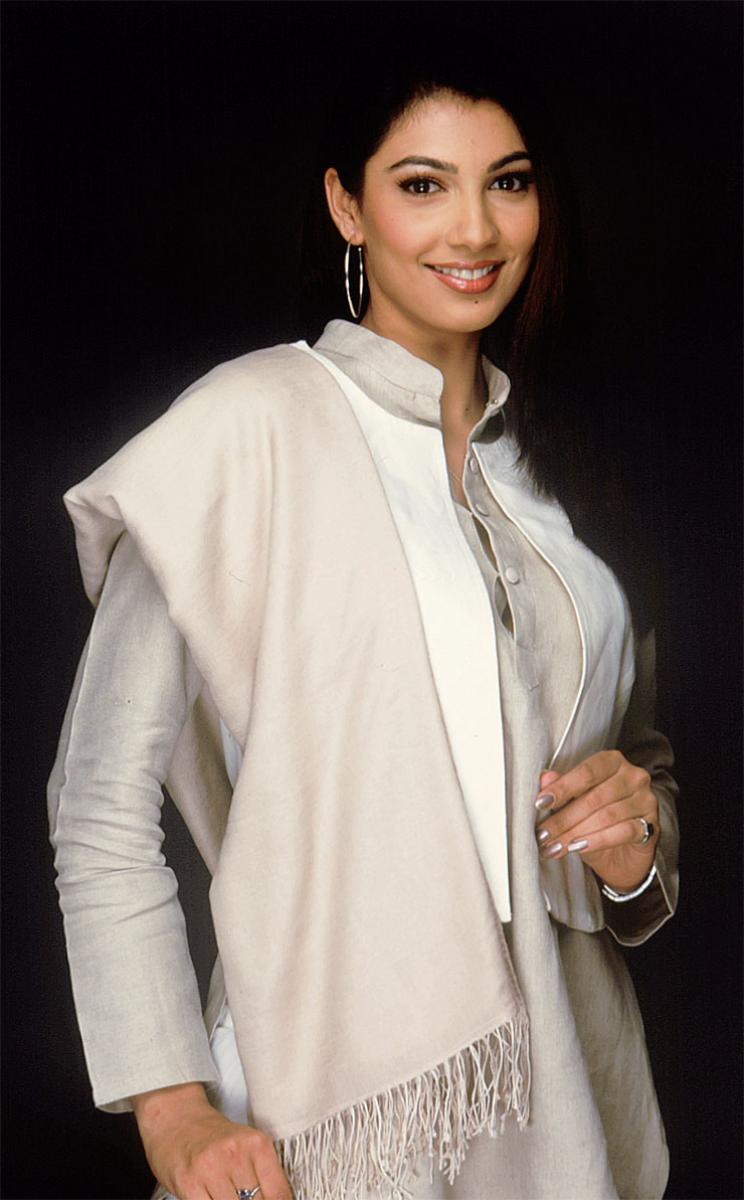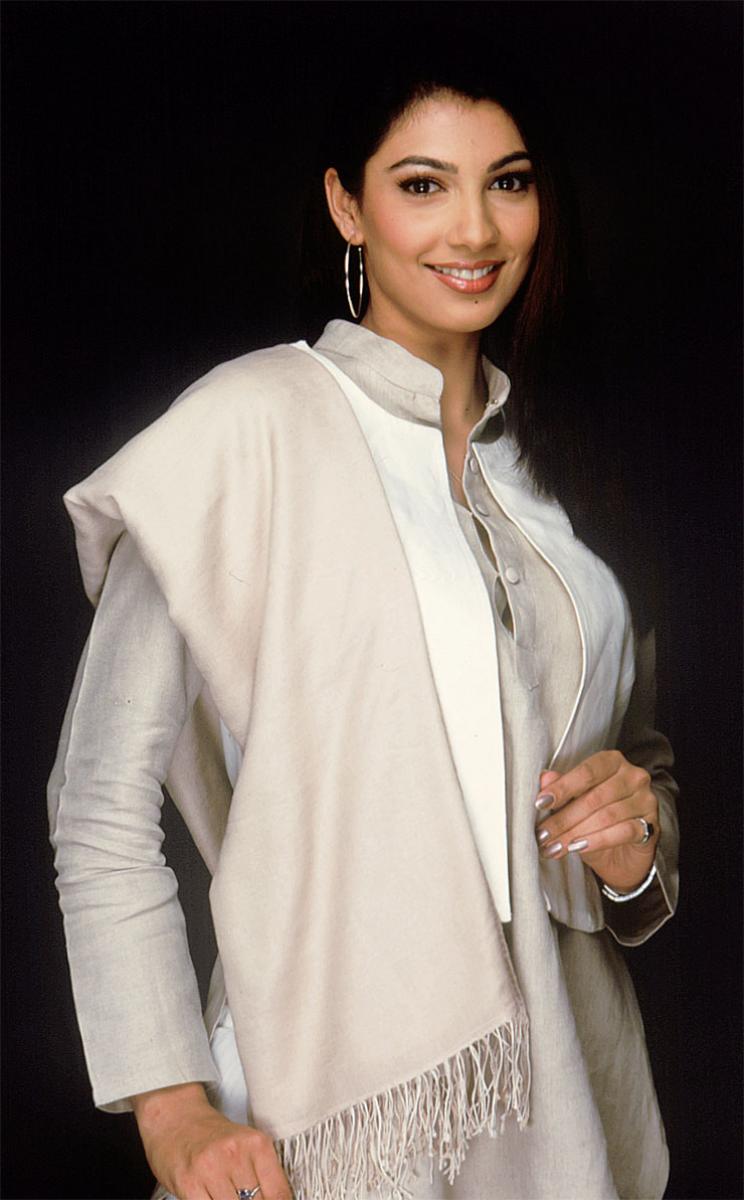Live
- BJP releases ‘charge sheet’ against BJD govt
- District Nodal Officer Venkataramana announced the intermediate results
- She team that stopped child marriages
- Medical devices sector needs separate rules, says industry body AiMeD
- Andhra Paper declares lockout
- Opposition INDIA bloc working on 'one year, one PM' formula: PM Modi
- Delhi HC quashes FIR for outraging woman's modesty, orders man to assist Traffic Police for a month as settlement
- 'Apologise to families of farmers who committed suicide in Vidarbha', Amit Shah dares Sharad Pawar
- SC Collegium recommends appointment of a permanent judge in Chhattisgarh HC, extension of term of two judges
- U20 Men's football nationals: Telangana, Sikkim earn full points with easy win
Just In

x
Highlights
Right from the time Mahatma Gandhi used khadi as a symbol of protest against the British Raj to the modern, technology-savvy era, the fabric continues to capture the imagination of the masses. On its part, the government is redoubling its efforts to improve the production and sale of the fabric.
Right from the time Mahatma Gandhi used khadi as a symbol of protest against the British Raj to the modern, technology-savvy era, the fabric continues to capture the imagination of the masses. On its part, the government is redoubling its efforts to improve the production and sale of the fabric.

According to Giriraj Singh, Minister of State in the Ministry of Micro, Small and Medium Enterprises, the government has been implementing various schemes for the development of khadi and village industries through Khadi and Village Industries Commission (KVIC).
The production, sale and employment under khadi sector has risen from Rs.761.93 crore in 2012-13 to Rs.870.29 crore in the current year. Sales too have surged from Rs.1,021.56 crore in 2012-13 to Rs.1,144.90 crore in 2014-15 (provisional), according to data provided by Singh in the Rajya Sabha last week.
These positive statistics reinstate the belief that khadi as a fabric is indeed witnessing an upward curve, and eminent fashion designer Ritu Kumar says that it also "creates employment" and is "India's USP".
"Khadi is very organic, non-polluting, bio-degradable, eco-friendly fabric. It creates employment, especially in areas where there are no alternatives. By definition, it is a fabric which is not produced anywhere in the world. It's India's USP," Kumar told IANS.
Calling khadi the "character of India", the designer also said that it is "one of the most sophisticated fabrics made in the world".
"Sometimes we do a disservice by calling it is a poor fabric, but it is not. The variations in that fabric which people want to control are its USP. It is one of the most favoured handmade fabric in the world.
"It has a future with not only India's past and present, but also with the future generations," she added.
As far as promoting the fabric among the youth is concerned, Kumar believes khadi's richness and "bohemian" nature is the reason why it can have an impact on the modern generation.
"It's amenable to innovations and variations. It's fabulous for men's clothes. Given the heat and working conditions in our country, it's a very cool fabric. We need to move khadi out of kurta mood to more cutting edge garments. They do look bohemian, but that is the nature of the fabric and we should play with that," she added.
On the other hand, designer Samant Chauhan believes the Modi government should work on "rebranding" and "revamping" the promotion of khadi in order to boost its appeal.
"It is our (designers') responsibility because somebody has to make a start. We have been doing this practice since the last six to seven years even before the Modi government. We need to revamp the entire branding exercise. That will help change the entire perception about khadi," Chauhan told IANS.
Designer Gaurang Shah, who, for over a decade, has worked for the revival of traditional handlooms in India, says he has taken strides in making developments in terms of designs and colours in the village of Srikakulam, Andhra Pradesh, which now has 250 looms and better employment.
"A lot of development has happened in terms of designs, textures and colours. When I started working, the range of the saris of about Rs.1,500 to Rs.2,000. I started giving the weavers heavy, contemporary designs and also gave them different yarns. At present, there are 250 looms in the village. Now the price of saris ranges between Rs.20,000 to Rs.400,000," Shah told IANS.
Opening new employment opportunities in the village, Shah says it has now become a "booming" place.
Confident about khadi and Indian handloom's worldwide appeal, the designer says that it is "going to capture the worldwide market now."
"So many designers are using handloom and showcasing it in fashion weeks. A general awareness has come at once," he added.

Next Story
More Stories
ADVERTISEMENT
© 2024 Hyderabad Media House Limited/The Hans India. All rights reserved. Powered by hocalwire.com







